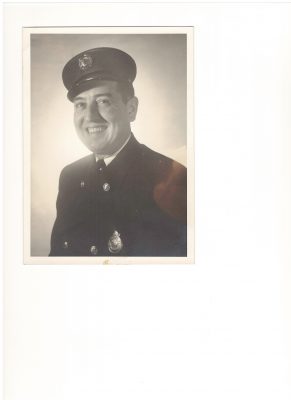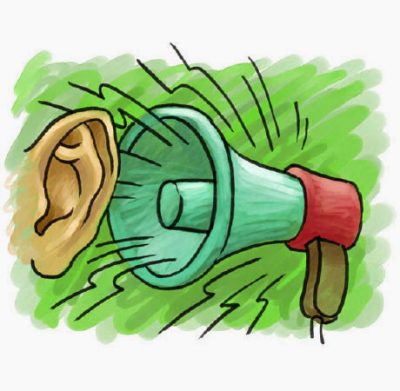 No longer is dementia a looming public health threat. It is a global crisis affecting healthcare systems, delivery of long-term care, worker shortages, community infrastructure, families and most importantly, the quality of life for persons living with dementia.
No longer is dementia a looming public health threat. It is a global crisis affecting healthcare systems, delivery of long-term care, worker shortages, community infrastructure, families and most importantly, the quality of life for persons living with dementia.
To put into perspective the scope of this global health crisis let’s look at these recent statistics from the Global Alzheimer’s and Dementia Alliance:
1. The world’s economy is set to lose a trillion dollars in 2018, rising to $2 trillion by 2030 unless dementia is tackled.
That’s a cost greater than the GDP of all but the 15 richest economies in the world. If global dementia costs were a country, it would be the 16th largest, in-between Indonesia and Mexico.
Dementia already exceeds the market value of the world largest companies such as Apple (US $742 billion) and Google (US $368 billion). Eighty percent of these costs account for the unpaid and formal care for people living with dementia, two-thirds of which is delivered by women.
2. Dementia affects almost 50 million people worldwide, with a new case of dementia occurring somewhere in the world every 3 seconds.
Worryingly, aging populations – especially in low to middle-income countries (LMICs) – are set to exacerbate prevalence rates. The potential ramifications of this are huge. More than half of people with dementia worldwide (58%) live in LMICs – and the number in some regions is expected to increase fivefold by 2050. The number of people living with dementia in high-income countries is also expected to double by 2050.
Despite this, many countries are unprepared for financing long-term care. As social changes in LMICs mean fewer family members are able to provide care, the urgent need for social care will shift to the formal sector.
3. As few as one in 10 individuals receive a diagnosis for dementia in low and middle-income countries, and less than 50% are diagnosed in high-income countries.
Globally there is a persistent lack of understanding that dementia is a medical condition and not a normal part of aging. People living with dementia all over the world desperately need access to a medical practitioner who can provide a diagnosis and help to plan necessary support.
Risk reduction strategies and earlier diagnosis of dementia could save government expenditure by reducing the high cost of emergency and avoidable health interventions, improving care, and by increasing the effectiveness of social, community and other care services.
4. Two out of every three people globally believe there is little or no understanding of dementia in their countries.
People living with dementia and their families frequently face stigma and discrimination – and in some parts of the world can even face violence. Dementia can also have a negative impact on employability – younger people with dementia have reported being made redundant or unable to find work due to discrimination or lack of understanding. This can have an impact on employment rates and social welfare benefits.
Worryingly, in some countries, there’s not even a word for dementia, with many people affected accused of witchcraft and at risk of threats of violence. A lack of recognition or understanding of the condition permeates from within the community right up to a policy level.
Public policy is critically important, however, the time it takes for policies to trickle down take a long time. Progress takes place when people step up to the plate to make positive changes in their own communities. Change that helps families find resources, support, and education. Leaders who say we want our towns to be dementia aware and friendly, care communities that embrace person-centered care cultures, and hospitals that step up to the urgent need to do things differently. The dementia crisis is in our hands and we must all work together to create a better tomorrow for those living with dementia.
Pam Brandon is President/Founder of AGE-u-cate® Training Institute and a passionate advocate for older adults and those who care for them. She is the creator of the internationally recognized Dementia Live® simulation experience.
 It’s hard to believe that I’ve not had my dad in my life for over 20 years now. So much of who I am and what I’ve taught to my children came from my dad. So, it’s appropriate that this blog be a tribute to my dad this Father’s Day.
It’s hard to believe that I’ve not had my dad in my life for over 20 years now. So much of who I am and what I’ve taught to my children came from my dad. So, it’s appropriate that this blog be a tribute to my dad this Father’s Day.